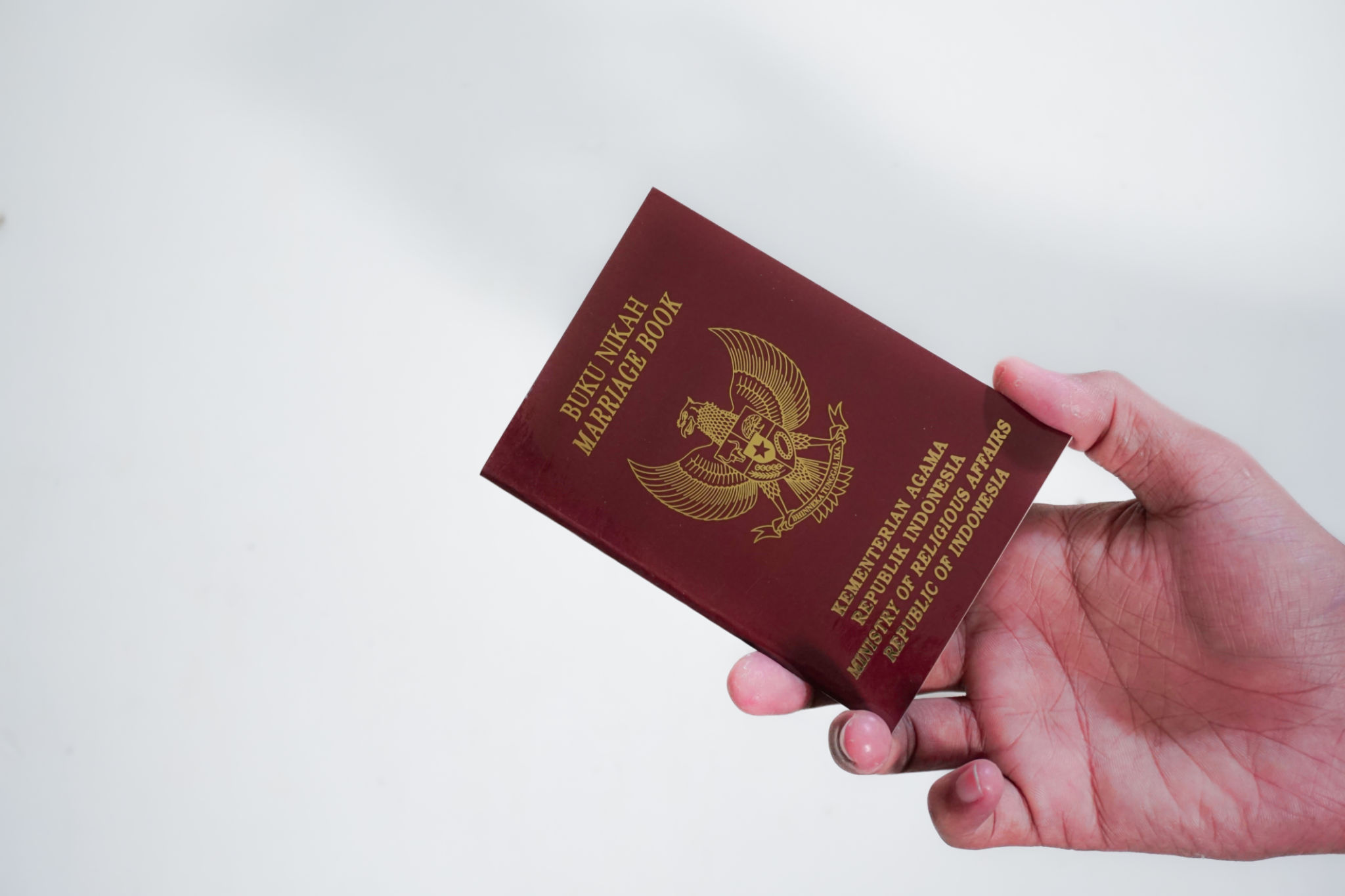The Impact of Digital Twins on Smart City Development
Understanding Digital Twins
As urbanization continues to accelerate, cities are turning to innovative technologies to manage and enhance urban life. One of the most revolutionary technologies in this domain is the concept of digital twins. A digital twin is a virtual model of a physical object, system, or process. In the context of smart cities, digital twins serve as dynamic virtual replicas of cities, enabling real-time monitoring, simulation, and optimization of urban environments.
The primary advantage of digital twins is their ability to provide a comprehensive view of city operations. By integrating data from various sources, such as IoT devices, sensors, and historical databases, digital twins offer insights into traffic flow, energy consumption, waste management, and more. This holistic view is essential for informed decision-making and strategic planning.

Enhancing City Planning and Management
Digital twins play a crucial role in urban planning and infrastructure management. By using these virtual models, city planners can simulate different scenarios and assess their impact before implementing changes in the real world. This proactive approach helps in identifying potential challenges and optimizing solutions for transportation systems, public services, and emergency response strategies.
Moreover, digital twins enable cities to manage resources more efficiently. For instance, by analyzing data on energy consumption patterns, cities can optimize the distribution of electricity and reduce wastage. Similarly, waste management systems can be streamlined by predicting waste generation trends and adjusting collection schedules accordingly.

Improving Citizen Engagement and Services
One of the significant benefits of digital twins is their potential to enhance citizen engagement. By making data accessible to the public through interactive platforms, residents can understand how their city functions and contribute ideas for improvement. This transparency fosters a sense of community ownership and encourages collaborative problem-solving.
Furthermore, digital twins can improve the quality of public services. For example, real-time monitoring of public transportation systems can lead to better scheduling and reduced wait times for commuters. Similarly, digital twins can facilitate more responsive healthcare services by predicting demand for medical facilities based on population health data.

Challenges and Considerations
Despite their numerous benefits, the implementation of digital twins presents certain challenges. One major concern is data privacy and security. As digital twins rely on vast amounts of data collected from various sources, ensuring the protection of sensitive information is paramount. Cities must adopt robust cybersecurity measures to safeguard against potential breaches.
Another challenge is the integration of diverse data streams into a cohesive model. This requires advanced data analytics capabilities and collaboration between different stakeholders, including government agencies, private companies, and technology providers. Establishing effective partnerships is key to overcoming these hurdles and maximizing the potential of digital twins.
The Future of Smart Cities with Digital Twins
The impact of digital twins on smart city development is profound and transformative. As technology continues to evolve, the capabilities of digital twins will expand further, offering even more sophisticated tools for urban management. The integration of artificial intelligence and machine learning will enhance predictive analytics, enabling cities to anticipate and address challenges with unprecedented precision.
In conclusion, digital twins represent a paradigm shift in how cities are planned, managed, and experienced. By leveraging these virtual models, cities can create more sustainable, efficient, and livable environments for their residents. As we look to the future, embracing digital twin technology will be essential for building smarter cities that can adapt to the changing needs of their populations.